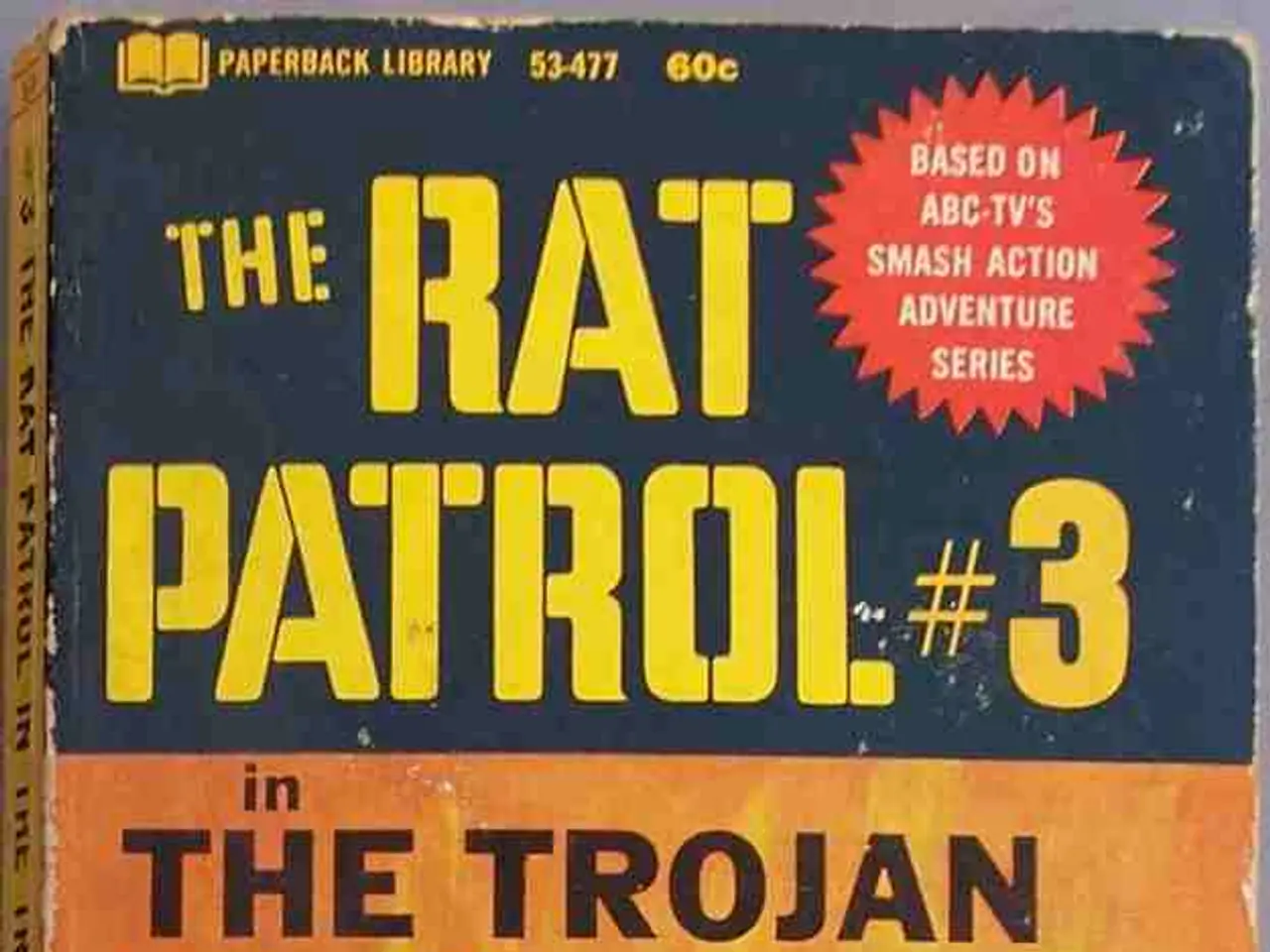Regrowth of flora on polluted terrains littered with explosive devices flourishing
In the heart of Quảng Trị Province, Cồn Tiên Commune has undergone a remarkable post-war transformation, primarily due to the extensive clearance of unexploded ordnance (UXO) and subsequent agricultural development. Fifty years after the war, land that was once heavily contaminated with bombs and mines has been reclaimed for productive use, turning barren, dangerous hillsides into lush, cultivated forests and plantations.
Key aspects of this transformation include:
- UXO Clearance: The area was notorious for scattered unexploded bombs and mines, making it wild and unsafe for decades. Systematic clearance efforts, often undertaken by local residents like Nguyen Diein and supported by international organizations such as MAG and Renew, have cleared these hazards, significantly reducing risks to residents and enabling land use.
- Agricultural Revitalization: Following clearance, Cồn Tiên's formerly barren hills have been converted into prosperous agricultural land. This includes the cultivation of rubber plantations, melaleuca forests, pepper vines, and fruit orchards.
- Modern Farming Practices: The commune now embraces advanced models such as integrating livestock with high-tech fruit cultivation, resulting in increased productivity and stable incomes for local people.
- Improved Livelihoods: As a result of these developments, residents enjoy more prosperous and stable living conditions compared to the post-war hardship when the land was wild and unsafe.
Residents like Phan Tấn Hoàng, who once made a living by collecting scrap metal from leftover munitions, now collect war relics instead. His home holds a collection of over 1,000 wartime artefacts, which he preserves and displays to educate future generations about the hardships faced by their ancestors.
Nguyen Diein, a resident of Cồn Tiên Commune, survived two mine accidents and lives with permanent injuries. He was first deployed as a young volunteer to help clear UXO in the Hải Thái area in 1977. In 1982, he stepped on another mine, resulting in the loss of his right leg.
The straight road running through the rubber forest leads to Cồn Tiên Commune, a stark contrast to the haunting silence and bombs piercing the air that Nguyễn Thái Hoàng encountered when he arrived 50 years ago. Today, the commune thrives with lush rubber plantations, melaleuca forests, and various cultivated forests, orchards, and farms.
Local authorities, with the continued support of international organisations, have worked to make the province safe from post-war explosives. In recent years, the number of accidents caused by the remnants has dropped to nearly zero. More than 39,300ha out of nearly 62,000ha of land contaminated by UXO have been cleared over the past several decades. Nearly 837,000 bombs, mines, and explosive remnants of war have been safely dealt with.
This transformation aligns with broader development efforts in Quảng Trị Province, including enhancing infrastructure to support regional growth and integration. The province is making strides towards becoming a safe, prosperous, and sustainable region for its residents.
- Ai-assisted translation has played a role in facilitating communication among various parties involved in the clearance of unexploded ordnance (UXO) in Cồn Tiên Commune.
- The extensive clearance of UXO in the area has opened up opportunities for trade, particularly in agriculture, as more land becomes suitable for cultivation.
- Science, technology, and innovation have been instrumental in the modern farming practices adopted in Cồn Tiên, leading to increased productivity and efficiency.
- Climate-change mitigation strategies, such as sustainable farming and reforestation, are being integrated into agricultural practices in the region to ensure long-term sustainability.
- Investment in renewable energy sources, like solar panels, is being considered to reduce the dependence on traditional fossil fuels and lower carbon emissions in the province.
- The space-and-astronomy industry has not yet made a significant impact in Quảng Trị Province, but there is potential for it to contribute to educational and research initiatives in the future.
- Lifestyle in Cồn Tiên has evolved, with residents enjoying a better standard of living thanks to the agricultural and economic development in the area.
- Personal-finance management courses and resources are becoming more accessible to residents, promoting financial literacy and stability.
- Real-estate development is starting to pick up pace in Quảng Trị Province, with a focus on sustainable and affordable housing solutions to accommodate growing populations and economic activity.
- Data-and-cloud-computing technologies are being integrated into local government platforms to improve the efficiency and transparency of public services.
- Gardening has become a popular hobby among residents, with a focus on sustainable living and eco-friendly practices.
- Sports, including football, have been introduced to local schools and communities as a means of promoting physical activity, teamwork, and good health.
- European leagues, such as the Premier League, are gaining popularity in the province, inspiring local football clubs to strive for excellence and integration with regional and international competitions.
- Education-and-self-development opportunities are expanding in the region, fostering lifelong learning and empowering residents to pursue their dreams and contribute to the continued growth and success of Quảng Trị Province.




